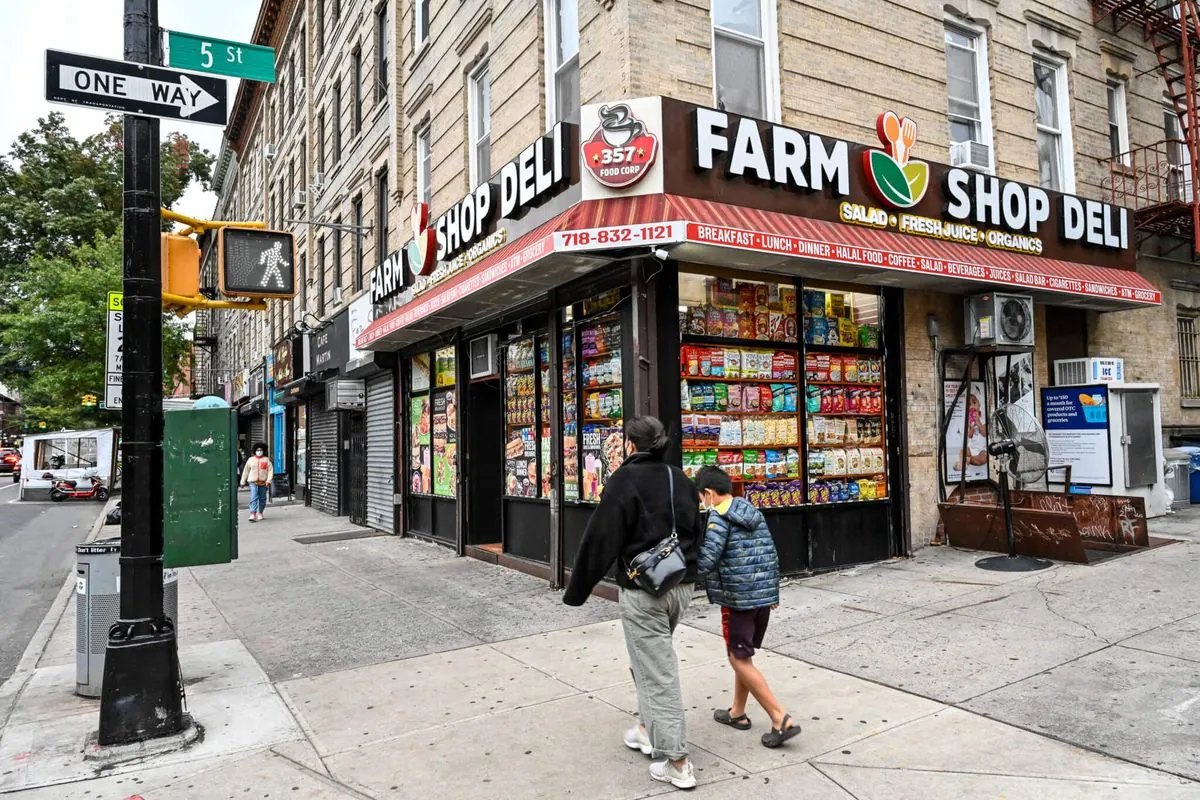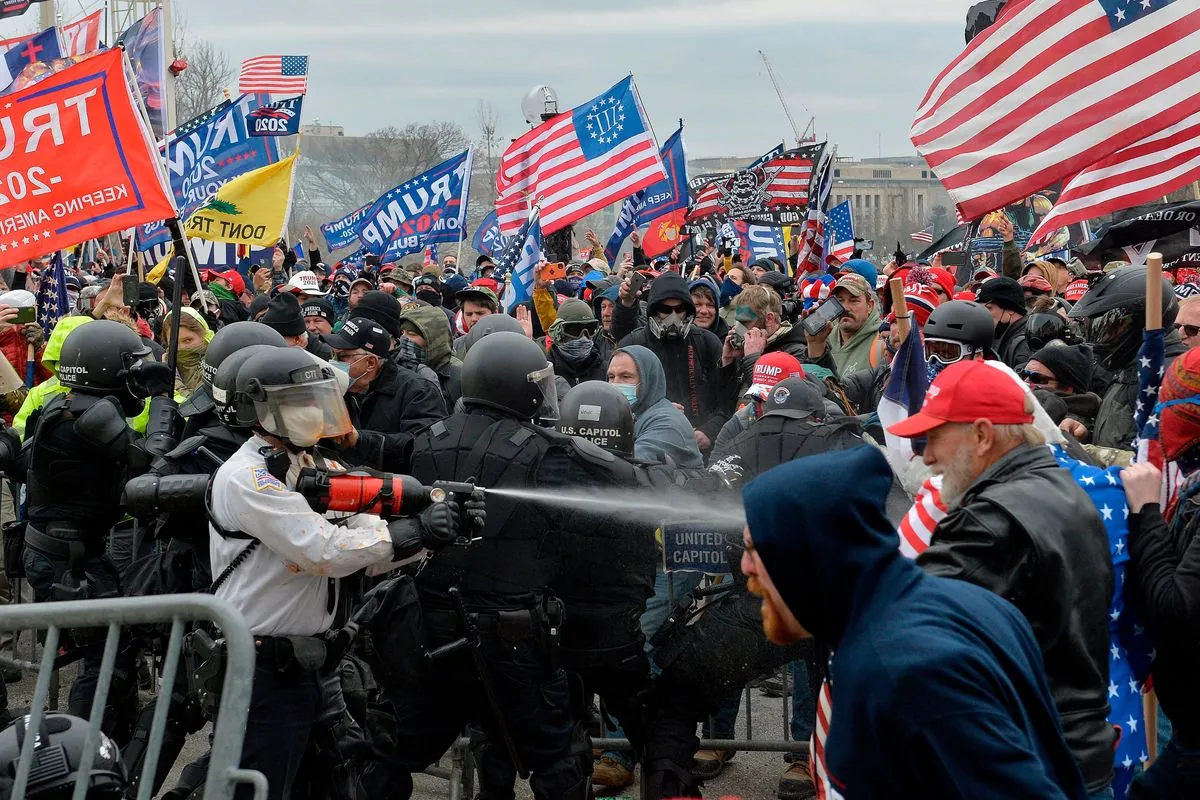Trump's Crime Claims Clash with Reality: A Fact Check
Former President Trump's recent remarks on urban crime rates contradict official statistics. His exaggerated claims about violence in cities and misrepresentation of political events raise questions about fear-mongering tactics.

Former President Donald Trump's recent address at a Michigan sheriff's office has sparked controversy due to his exaggerated claims about crime rates in American cities. Trump's assertions, however, stand in stark contrast to official statistics and expert analyses.
Trump painted a grim picture of urban life, suggesting that residents of cities like New York cannot safely cross the street without risking violent crime. He claimed, "You can't walk across the street to get a loaf of bread. You get shot. You get mugged." This hyperbolic statement contradicts the daily experiences of millions of city dwellers who routinely conduct their lives without encountering such extreme violence.

The former president cited a 43% increase in violent crime since Vice President Kamala Harris took office. While this figure is based on Bureau of Justice Statistics data from 2020 to 2022, it's important to note that more recent FBI data shows a decline in violent crime since Trump left office in January 2021. This discrepancy highlights the complexity of crime statistics and the danger of cherry-picking data to support political narratives.
"The crime is so out of control in our country. I mean, you have cities — I will say this, the top 25, almost all are run by Democrats, and they have very similar policies. It's just insane."
Trump's assertion that the top 25 cities with high crime rates are run by Democrats oversimplifies a complex issue. While it's true that many large cities have Democratic mayors, this is primarily because urban areas tend to have more Democratic voters. The relationship between political leadership and crime rates is far more nuanced than Trump suggests.
The former president's rhetoric extends beyond crime statistics. He characterized President Joe Biden's decision not to seek reelection as a "vicious, violent overthrow of a president," a claim that lacks any factual basis. This misuse of the term "violent" demonstrates Trump's tendency to employ inflammatory language to dramatize political events.
Trump's campaign reportedly canceled an interview with The Detroit News after the newspaper began inquiring about Michigan crime data, which shows a decrease in violent crime. This avoidance of factual scrutiny raises questions about the validity of Trump's claims.
Experts note that there's often a disconnect between public perception of crime and actual crime rates. Despite Trump's alarming rhetoric, violent crime in the United States has decreased substantially since the 1990s, with a temporary spike during Trump's final year in office in 2020.
As the 2024 presidential race approaches, it's crucial for voters to critically examine claims about crime and public safety, relying on verified statistics rather than sensationalized rhetoric. The contrast between Trump's statements and official data underscores the importance of fact-checking and the potential dangers of fear-mongering in political discourse.


































